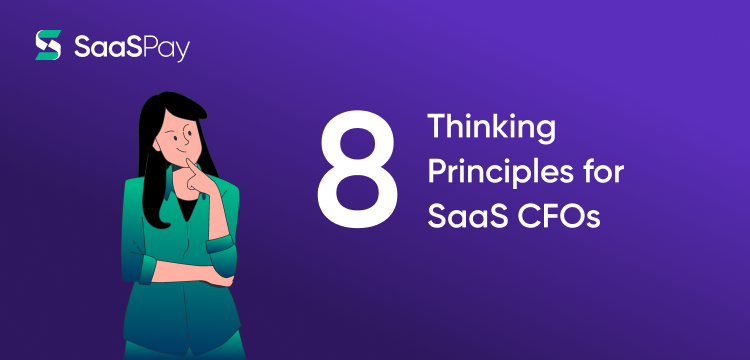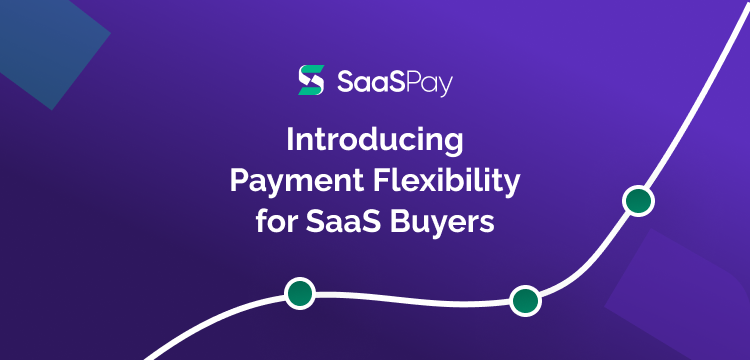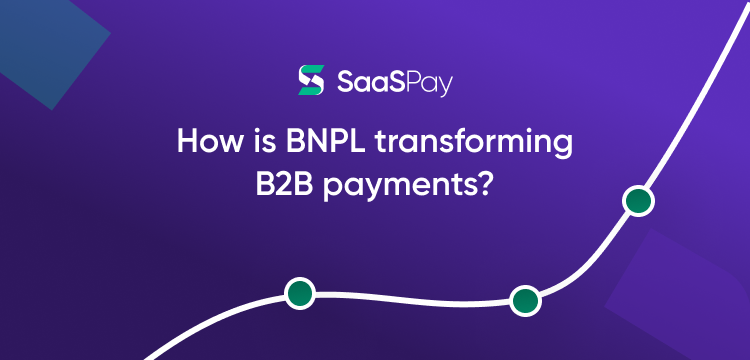
Cloud Cost Optimization: 8 Thinking Principles for SaaS CFOs
Cloud Cost Optimization: 8 Thinking Principles for SaaS CFOs
Imagine yourself at the company party, after a killer financial year, popping champagne with the leadership. But the fun is short-lived when you get hit with a proposed spike in next year's cloud budget. Talk about a buzzkill!
Suddenly, it's all hands on deck as they switch gears from celebration to problem-solving. Juggling pride in past profits with worry about future expenses, you, as the CFO, dive deep into the numbers, trying to crack the code of this financial rollercoaster.
If you have been in similar shoes before, you know how stress and success collide at every step of the way. In this piece, we guide you on how to approach the problems of cloud cost optimization for the benefit of your organization.
Thinking Principles for CFOs
1. Do You Assess Cloud Spend Holistically?
Imagine you're trying to manage your household budget. You might think about expenses like groceries or utility bills. But what if I told you that your budget should also include the time and effort you spend on chores like cooking or cleaning?
Well, its the same with cloud spending. If you look at it as only money going towards programs and services, like paying for software or storage space, you should realize that it's not just about the programs but also the people using them. For example, think about your own company's engineers. They're using the cloud services to develop and run applications. So, their time and expertise cost is also part of the cloud spending. And it's not just your own team; you might also be using third-party vendors for certain services, and their costs add up, too.
Optimizing cloud spending isn't just about cutting costs wherever possible. It's about finding the right balance between investing in the tools and those using them. Just like you wouldn't want to skimp on buying quality ingredients for a recipe, you also don't want to cut corners on the expertise needed to make the most of your cloud resources.
2. Are you Combating Cloud Wastage?
Cloud waste can sneak up on a company faster than you'd expect, especially without clear processes. Picture this: servers churning away during the quiet hours of the night and on weekends, databases hogging more space than they need, and storage volumes gathering digital dust in the cloud.
Let's zoom out for a moment and look at the big picture. In 2016, when the IaaS market was worth a whopping $23 billion, a significant chunk of that—66% to be precise—went into computing resources like servers and VMs. Surprisingly, only 46% of companies kept tabs on whether they were using the right-sized resources, leading to heaps of wasted cloud cash.
But here's the kicker: non-production processes like development and testing gobbled up a whopping 44% of cloud resources. That's a lot of computing power being left idle when it could be used better. The good news? With some savvy optimization, companies stood to save a jaw-dropping $6 billion on their cloud bills.
So, how can CFOs tackle this beast of cloud waste head-on? First off, it's all about keeping a close eye on what's going on in the cloud. With the right tools and policies, they can spot unused resources and pull the plug to stop the bleeding.
Next up, it's time to get ruthless with idle resources. Even if a server only sips a tiny bit of CPU, it still wastes precious dollars. By consolidating tasks and rightsizing computing services, CFOs can ensure every dollar spent on the cloud counts.
And let's not forget about automation. Heatmaps are like a treasure map for CFOs, showing them exactly when to dial up or down their computing power to save on costs. Considering a multi-cloud approach can be a game-changer, offering flexibility and potential savings.
In a nutshell, cloud cost optimization isn't just about saving money—it's about maximizing performance and getting the most bang for your cloud buck. With the right strategies, CFOs can steer their companies toward a brighter, more cost-efficient future in the cloud.
3. Revenue Generation Vs. Cloud Cost Optimization
As a CFO, you'd often find yourself at a crossroads: on one path lies the promise of slashing your AWS bill in half by throwing more data engineers into the mix. But there's a catch. Doing so means diverting valuable resources from building new products or enhancing existing revenue-generating features. It's a classic dilemma: cost optimization versus revenue generation. To strike the right balance, it's crucial to establish a solid product roadmap—one that's backed by a clear ROI for each item. This way, you can prioritize investments that offer the most bang for your buck in driving revenue growth.
Sure, there might be some fat to trim in your cloud spending. But before swinging the budget axe, consider the bigger picture. Think strategically about which cloud services are essential for your business and which can be scaled back or even turned off entirely. For instance, do you need instant access to multiple backups of every dataset? Or could you tolerate a bit of downtime if it means significant cost savings? By making smart decisions like these, you can streamline your cloud spending without sacrificing the revenue-generating projects that keep your company moving forward.
4. Short Term Cost Cutting vs Long Term Ambitions
Very often CFOs are faced with challenges like reducing costs to keep your company afloat in the short term while also investing wisely for long-term growth. The cloud is the perfect solution, offering flexibility, pay-as-you-go options, and scalability. However, it has its challenges.
Consider the case of a startup that embraced the cloud for its operations. Initially, the pay-as-you-go model seemed cost-effective, but as the company grew, so did its cloud bill. The CFO found themselves struggling to rein in costs without compromising the company's ability to innovate and compete.
This scenario highlights the dual nature of the cloud—it can be a powerful tool for cost savings and growth, but it can also become a financial burden if not managed carefully. As a CFO, striking the right balance between cost-cutting and investment is key. By implementing smart cost management strategies, such as rightsizing resources, optimizing usage, and negotiating with cloud providers, CFOs can harness the full potential of the cloud while keeping costs under control.
With the short-term solutions in place to stop the bleeding, it’s time to get more strategic: Identify which parts of the business you most want to protect and begin by improving efficiency and productivity there. Once again, the cloud plays a crucial role: optimizing cloud performance has proven to deliver massive payoffs for both the top and bottom lines. It’s time for you to be a cloud leader who can drive organizational change by weighing growth and innovation needs with the balance sheet implications of such investment.
5. Have You Established a Thrifty Mindset Across the Organization?
To create a culture of cost awareness across the organization, you must work closely with your tech teams. Together, you can develop clear metrics that link technology goals to financial results. For example, tracking cloud spending as a key metric can have a huge impact on your company's profitability and market value. By collaborating with your business and technical teams, you can identify and eliminate wasteful spending on unused resources and unnecessary storage fees. This reduces your cloud expenses and enhances your company's overall market value without sacrificing performance or customer satisfaction.
Suppose the C-suite collectively decides to be united in their commitment to being responsible stewards of the company's resources. In that case, the ethos of fiduciary responsibility becomes more than just lip service. Your aim as a CFO should be to ensure that economic efficiency is woven into the fabric of the entire organization, extending even to the infrastructure team.
While it might seem daunting to get tech leaders to shift their focus from engineering wizardry to financial savvy, this shift is crucial. Time to huddle up with the CTO to keep costs in check while maintaining top-notch customer service is not just about cloud cost saving—it's about safeguarding the company's financial future.
The company builds up its financial resilience by tightening the purse strings without compromising quality. This, in turn, opens up opportunities to invest in new tools, reward employees with raises, or temporary dips in sales without resorting to drastic measures like layoffs.
As a result, the team regularly discusses architecture that weighs labor costs against cloud platforms' costs. It's not just about finding the cheapest option—it's about striking the right balance between price and value, ensuring that every dollar spent delivers maximum impact for the company and its shareholders.
6. Is It Time to Manage The Shift From CapEx To OpEx?
While reviewing the bill for your cloud infrastructure, it's common to feel overwhelmed when you see the operational expenses (OpEx) adding up.
Traditionally, IT budgets were treated as capital expenses (capex), which allowed CFOs to spread out the costs over time for tax benefits. But here's the kicker: For fast-growing SaaS startups, the pressure is on meeting the Rule of 40. This rule says that the company's growth rate and free cash flow rate should equal 40% or more. Investors value companies that hit this mark because they show solid growth and financial health. It gets tricky here: cloud costs must fit neatly into traditional financial reporting metrics like EBITDA. Unlike on-premise hosting environments, where costs can be depreciated over time, cloud expenses immediately hit your earnings.
But there's a silver lining. Embracing the OpEx model for managing cloud costs can give you more resource allocation flexibility. Instead of getting bogged down in the nitty-gritty of cost-cutting, you can focus on investing in the areas of your business that bring the most value. So, while cloud costs might seem like a headache at first, they also present an opportunity to prioritize what matters for your company's growth and success. It's about shifting your mindset from strict cost-cutting to strategic value creation.
If you account your company's cloud cost as OpEx, we can help you improve the numbers. SaaSPay is an AWS CPPO. SaaSPay's Net90 can be a strategic payment partner for your AWS cloud payments, allowing you to defer payments by 3 months for 0% interest and help you avail massive discounts that AWS cloud services offers on upfront payments.
7. Is There Enough Accountability Built Into Your Budget Model?
Think of your company's IT resources like a buffet—no matter how much food there is, people tend to pile their plates high. Similarly, if users have access to unlimited resources like bandwidth and storage in IT, they'll use as much as they can, whether they need it or not. One way to combat this is by implementing chargebacks. This means assigning costs to different departments based on their usage. So, like when you split a restaurant bill with friends, each department pays for what they consume. This encourages everyone to be more mindful of their resource usage.
But, for chargebacks to work effectively, you need to partner with the CTO and have clear tagging standards for all your resources. This means labeling everything properly so you know exactly who's using what and how much it's costing. Companies that have mastered cloud cost optimization also use dashboards and reports to keep everyone in the loop about their resource consumption. This helps developers, executives, and everyone in between make more informed decisions about their usage. Here's where things can get a bit tricky. Sometimes, different departments or employees use cloud services without the IT department knowing about it. It's like when someone sneaks their own snacks into the buffet—it can throw off your budget and create security risks.
As the CFO, you have the power to keep tabs on where the money is going. By working closely with the CIO and using tools to monitor spending, you can not only catch wasteful spending but also identify any potential compliance or security issues before they become serious problems.
8. How to Choose Between Pay-as-you-go vs On-Demand, Reserved, and Spot Instances?
When out on a shopping spree, everyone wants to ensure you get the best deals on everything they buy. Well, it's the same idea with cloud services. A recent survey found that a lot of companies aren't keeping track of their cloud costs very well. They're either using outdated methods like spreadsheets or not keeping track. This means they're probably spending more money than they need to.
Take Amazon Web Services (AWS) for example. They offer discounts if you commit to using their services for a certain period of time. Surprisingly, however, many companies aren't taking advantage of these discounts. Only about half of AWS users use reserved instances, which can save you a lot of money compared to the pay-as-you-go option.
Here's what you can do: ask your IT team to gather information about discount options from all your cloud providers. Look at your usage history and projections for the future. Then, use this data to make smart decisions about your contracts. Since most of these savings plans require upfront payments- a solution like SaaSpay’s Net90 can help you defer payments for upto 3 months or longer without any interest.
So, by keeping an eye on your cloud costs and taking advantage of discounts, you can save your company a lot of money in the long run. It might take a little extra effort, but the savings are worth it.
In the End
Navigating the world of cloud cost optimization as a CFO can feel like riding a rollercoaster of success and stress. But with the right strategies and mindset, you can steer your company towards financial stability and growth in the cloud.
First and foremost, it's essential to view cloud spending through a holistic lens, considering not just the dollars spent on programs and services but also the capacity, technology, and manpower involved. Just like managing a household budget requires accounting for expenses and the time invested in chores, optimizing cloud spending means finding the right balance between investing in tools and the people who use them. Moreover, combating cloud waste requires vigilance and proactive measures. By identifying unused resources, optimizing computing services, and leveraging automation tools, you can slash unnecessary expenses and maximize the value of your cloud investments.
But it's not just about cutting costs—it's also about striking the right balance between short-term cost-cutting and long-term ambitions. Embracing the operational expense model of cloud spending can offer flexibility and agility, allowing you to allocate resources strategically for growth and innovation. Ultimately, it's about making informed decisions based on data to align cloud spending with your company's strategic goals and then using the correct payment solutions to achieve those goals. By adopting a proactive approach, leveraging available resources and discounts, and paying with SaaS; an AWS CPPO, you can unlock significant savings and drive your company towards a brighter, more cost-efficient future in the cloud. So, embrace the challenge, seize the opportunities, and lead your company to cloud cost optimization success.

SaaSPay for Buyers


Why BNPL for SaaS?


How is BNPL transforming B2B payments?
